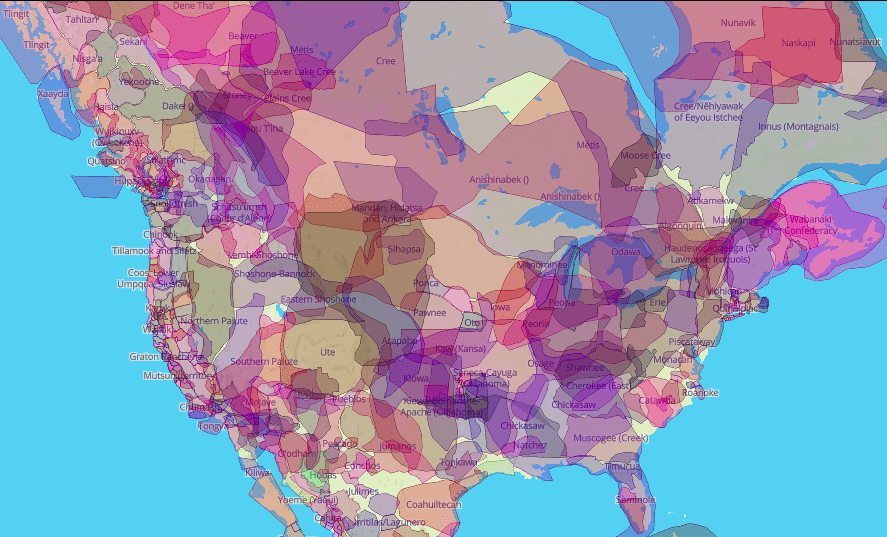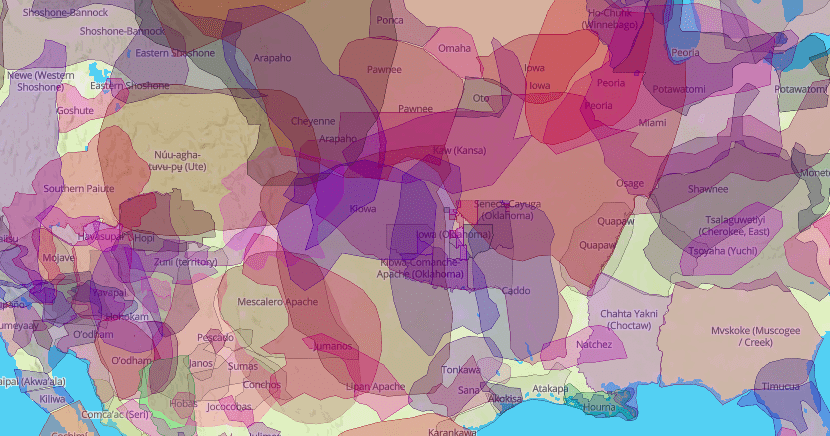Columbus Day is more than just a day off from work or school; it’s a reflection of America’s complex history and its relationship with exploration and indigenous cultures. As we dive deeper into the origins and evolution of this holiday, it’s clear that Columbus Day carries with it a range of interpretations and emotions. Here … Continue reading Beyond the Voyage: Five Uncharted Facts About Columbus Day
In 1763, King George III issued…
In 1763, King George III issued a royal proclamation that forbade British settlement in North America west of the Appalachians, reserving the land for indigenous peoples.
The post In 1763, King George III issued… appeared first on Crazy Facts.
Speakers of the indigenous Australian…
Speakers of the indigenous Australian language Dyirbal switch to a completely different dialect in the presence of their mother-in-law.
The post Speakers of the indigenous Australian… appeared first on Crazy Facts.
Is Santa Claus a psychedelic mushroom?
One fantastic and wonderful origin theory of Santa Claus involves psychedelic mushrooms and shamanic rituals of the indigenous Sámi people who live in northern Finland. Paul Devereux wrote about this incredible hidden history in his fascinating 2008 book The Long Trip: A Prehistory of Psychedelia. Then, Brooklyn filmmaker Matthew Salton blew mainstream minds with this […]
150k+ First Nation kids…
150k+ First Nation kids were removed from their homes, over a span of 100 years, in order to “get rid of the Indian problem in Canada”.
Brilliant Map of Indigenous Lands Shows Whose Property You’re Currently Occupying
Holidays like Thanksgiving and Columbus Day, along with the way we teach colonization of the Americas in general, have all come under scrutiny over the last few years, and not without reason — the true roles of indigenous peoples is almost entirely glossed over and watered down. One effort to amend that has been for some communities choosing to celebrate Indigenous People’s Day on October 8th instead of Columbus Day.
But there’s much more we can all do to educate ourselves and our children about the people who populated North America before European settlers arrived.
Enter this pretty cool use of Google Maps, created by a company called Native-Land. It shows you which Indigenous tribes resided in what parts of the country over the centuries.
Photo Credit: Native-Land.ca
But the maps include more than the Americas.
Hold onto your hats, Aussies and New Zealanders.
Photo Credit: Native-Land.ca
Canadian developer Victor G Temprano started the company in 2015 during a time of a lot of local development projects, according to the company’s website:
While mapping out pipeline projects and learning more about them for the sake of public awareness, I started to ask myself whose territories all these projects were happening on. Once I started finding the geographic data and mapping, well, it just kind of exploded from there.
Photo Credit: Native-Land.ca
Controversial development projects like the Trans Mountain and Dakota Access pipelines not only helped him to be more culturally aware, it made him wonder where else modernization might be infringing on native lands.
He continues to explain on the site:
I feel that Western maps of Indigenous nations are very often inherently colonial, in that they delegate power according to imposed borders that don’t really exist in many nations throughout history. They were rarely created in good faith, and are often used in wrong ways.

Photo Credit: Native-Land.ca
The maps are not part of any academic project and feature input from users that causes them to change constantly, but Temprano did recently announce that he’s hired a research assistant to ensure all of the information is as accurate and complete as possible.
It’s a great site to visit with your kids around the holidays or anytime you want to discuss cultural appropriation and western civilization.
As one does.
The post Brilliant Map of Indigenous Lands Shows Whose Property You’re Currently Occupying appeared first on UberFacts.
When the Norse vikings sailed for America in the 11th century…
When the Norse vikings sailed for America in the 11th century, they fully expected (and hoped) to find a race of monsters to fight. Instead, they found the indigenous peoples. Disappointed at finding no real monsters, the Norse (known for being tall) called them Skræling, or pygmies.
There is a man wandering through the Amazon…
There is a man wandering through the Amazon rainforest thought to be the last member of his tribe. No one knows his language or what tribe he belonged to.



